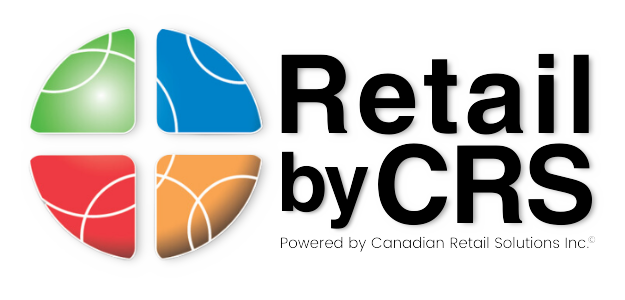Many retailers hire an accountant to take care of their income statements (among other things). A common trap is that, on paper your retail store may appear profitable – but in reality this “paper profit” may not equal the reality that you are finding it difficult to cover expenses each month. A well-integrated POS System and an understanding of Retail Math will help you to avoid this trap and any stresses associated with it.
Why Doesn’t My Paper Profit Match Reality?
Many accountants will use the value of your inventory as an asset and when placed into an income statement it can often make your finances appear healthier than they are. Other situations may be that your store has great income and a great income statement; however, the retailer may have a higher debt to equity ratio due to large balances owning on a line of credit. There may also be a mismatch between
How A Retail Point Of Sale System Can Help
Together, a Retail Consultant and POS System can help you better understand your seasonal flow of inventory, current cost of goods sold, margin on various types of merchandise, where you have had to mark down and how you are turning the merchandise. This historical data can then be utilized in order to create a plan that will lead to better, and more profitable business decisions.
Four Important Retail Math Concepts You Should Know
The following concepts are critical for any retail business owner to know in order to ensure their business is profitable:
- Inventory Turnover – This concept is also known as “Stock Turn” or simply, “Turn”. Turn is the amount of time it takes to sell through a particular stockpile of products within one year. Due to seasonality, it is generally calculated over a one year period as a shorter time frame can be misleading. For example, you calculate Turn by dividing your average stock by your total net sales.
The more you are able to turnover your merchandise, the more opportunity you’ve had to generate gross revenue from that particular product. So, if you have a Turn of 3, you have essentially tripled your income within a year on a particular product. - Gross Margin Return on Investment (or GMROI) – GMROI provides an accurate understanding of the true profitability of an item, style, or class of merchandise in your store. This formula takes your Stock Turn into consideration. With this calculation you can discover your store’s ideal quantity of different products based on the frequency of turnover and gross margin on a particular product.
- Stock To Sales Ratio (or S/S ratio) – Your stock to sales ratio tells you how many dollar’s worth of merchandise you need to hold in inventory for every dollar sold in the store. By reviewing your sales data, a retail consultant can help you discover what the ideal stock to sales ratio should be in your store. A healthy S/S ratio occurs when you are able to turn your inventory quickly. This ratio is typically calculated by dividing the value of a particular product at the beginning of the month by your total gross sales for the month for that particular product.
- Freshness Factor – This concept combines S/S ratio and Inventory Turn. It is often most important with fashion retailers, as, when customers come into your store and see new merchandise it can be exciting as they see something new every time they come in. However, this is also something that hardware stores or retailers with staple, every day items should consider. Freshness factor is the amount of time it takes you to turnover your inventory. A short freshness factor often indicates that your business has strong cash flow, where your store is getting new merchandise in and profiting from it within a short period of time.
The bottom line, if you are a small to medium sized retailer seeking to compete with the Big Box stores, accurate planning is critical in order to understand what your business needs to do in order to maximize profit margins.
